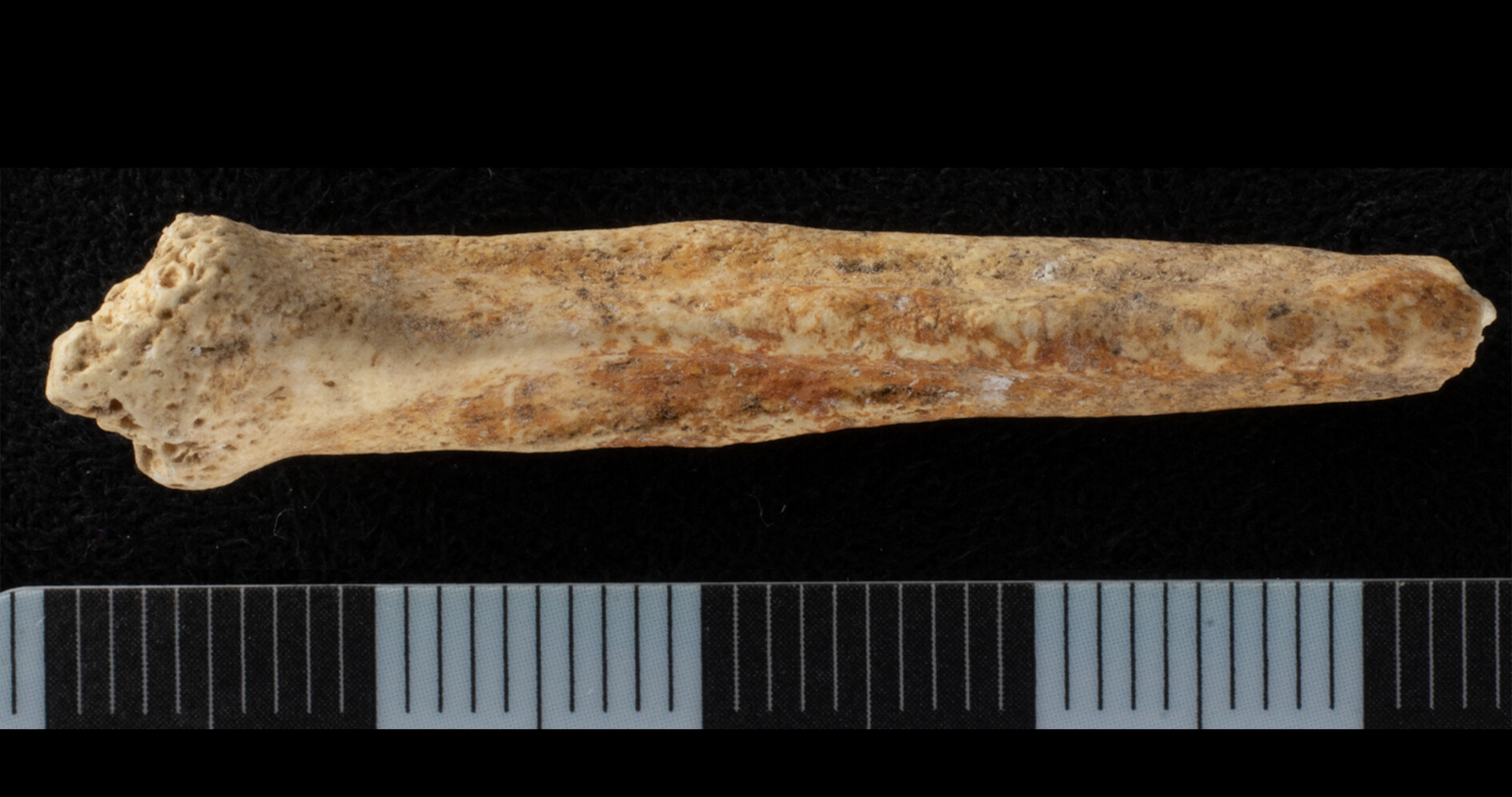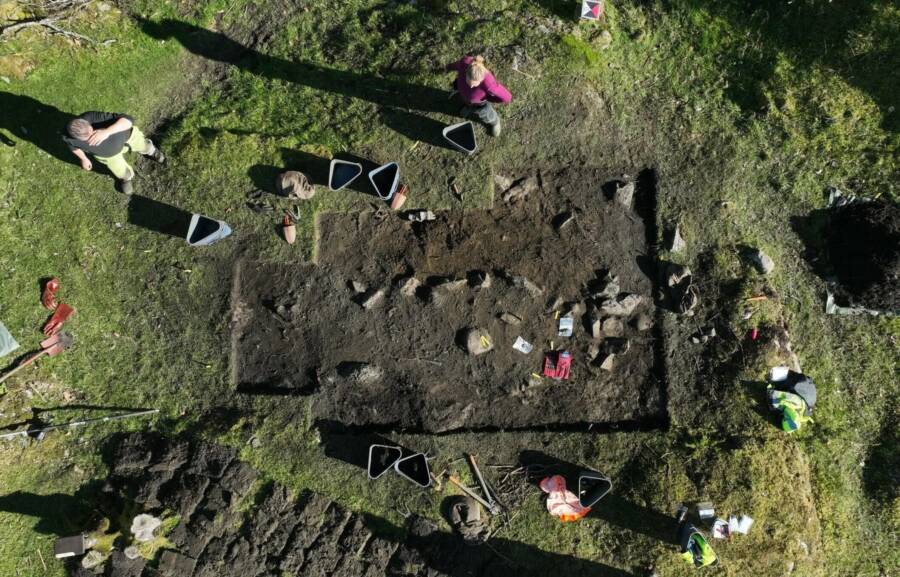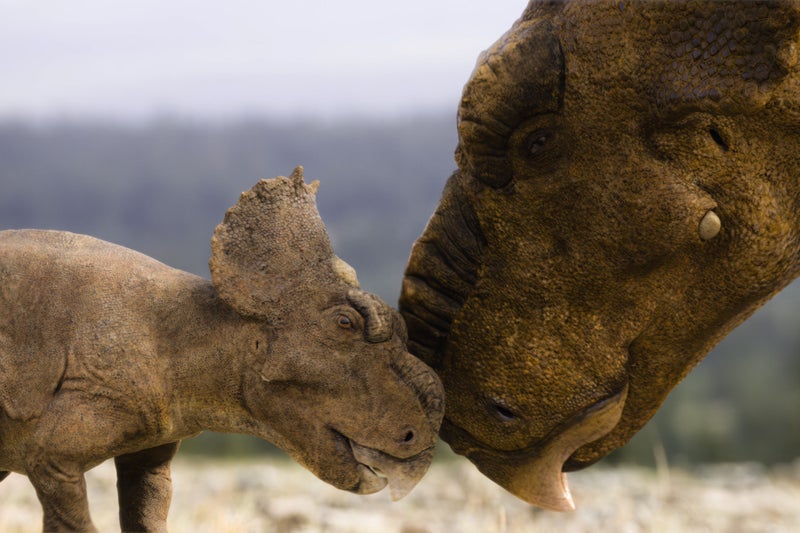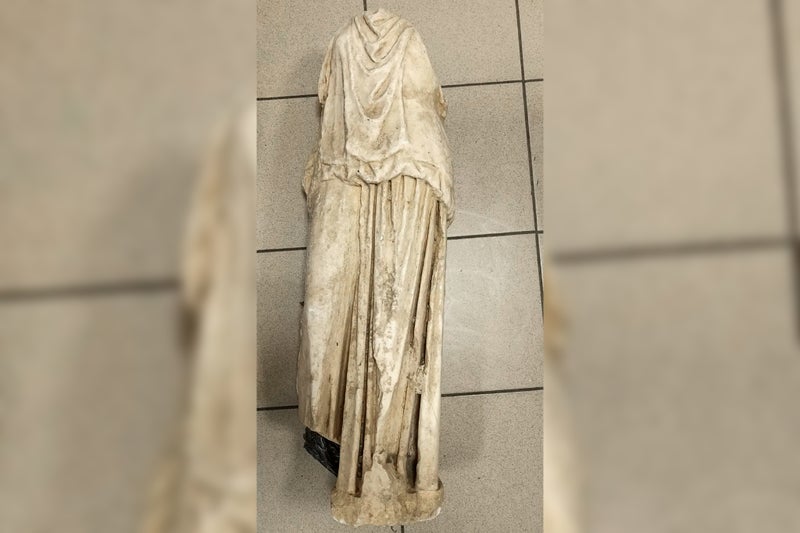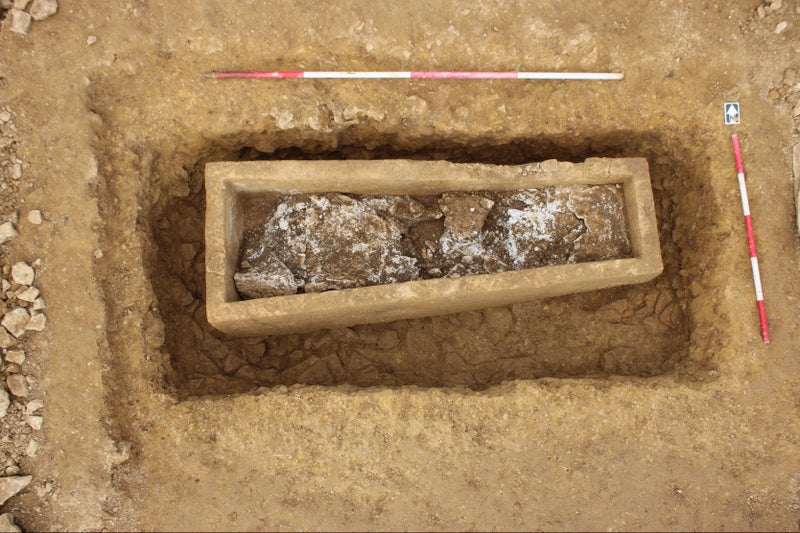Archaeologists discover bizarre artefact from long-lost British fertility ritual
Share:
Painted dog penis bone, believed to be the first of its kind, is unearthed from limestone shaft in Surrey’s Ewell. A first-of-its-kind painted dog penis bone has been discovered in a Roman quarry shaft in Surrey, an artefact that archaeologists suspect was used in a long-lost fertility ritual.
The 13ft deep limestone shaft in Surrey’s Ewell area was found in 2015 and excavations at the first century AD site have since unearthed a trove of ancient human and animal bones. The remains unearthed at the shaft from the Romano-British era include around 300 domestic animals, including pigs, horses, cows, sheep, and dogs with a majority without any signs of butchering, burning or disease.
Canines found at the site named Nescot shaft are mostly smaller pet breeds like corgis as opposed to those used in hunting or farming, researchers say. A new study published in the Oxford Journal of Archaeology assessed a painted dog baculum, or penis bone, found at the site which is suspected to have “potential ritual significance”.
Archaeologist Ellen Green, the study’s sole author, found that red ochre had been used to paint the dog bone even though the mineral iron oxide behind the colour was not naturally occurring at the Nescot site. This led Dr Green to suspect red ochre was specifically chosen to pain the bone before it was thrown inside the shaft, likely as a lucky charm.
